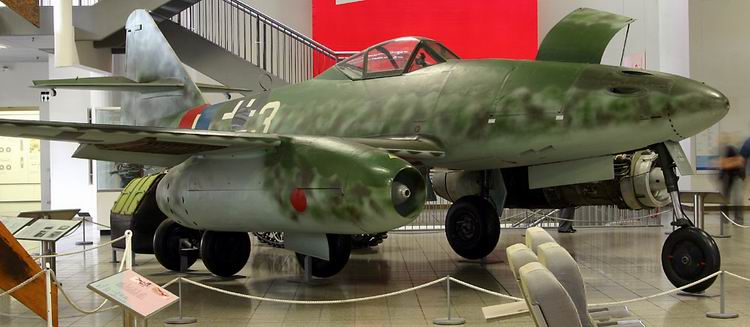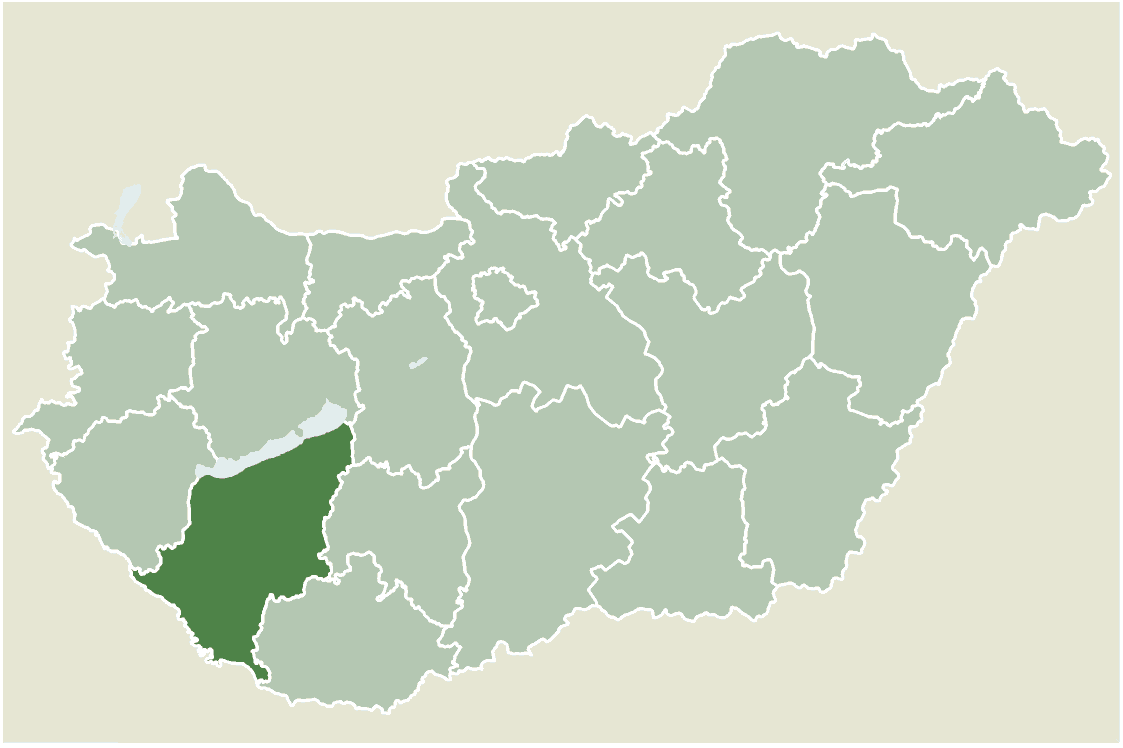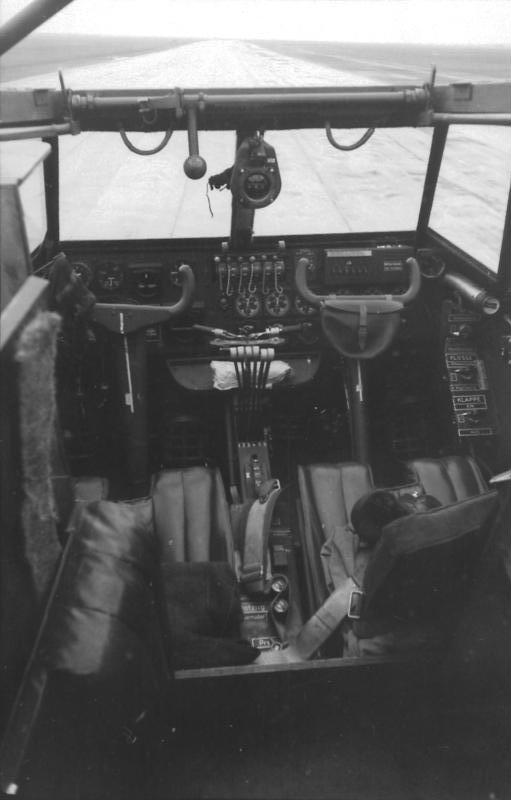|
Leipheim
Leipheim is a town in the district of Günzburg, in Bavaria, Germany. It is situated on the Danube, west of Günzburg, and northeast of Ulm. The village Riedheim and the hamlet Weissingen are districts of Leipheim. Since 1993, Leipheim has been twinned with the Hungarian town Fonyód. History Between 1270 and 1373, Leipheim was owned by the family of Güß von Güssenberg who arranged for it to be granted market privileges in 1327 and town privileges in 1330 through Louis IV (Ludwig the Bavarian). In 1343, ownership was transferred to the Count of Württemberg. In 1453, the Free Imperial City of Ulm purchased the town from Count Ulrich V, Count of Württemberg for 23,000 Gulden. When Ulm converted to Protestantism in 1531, Leipheim officially turned Protestant as well. During the German Peasants' War in 1525, roughly 5,000 peasants called the ''Leipheimer Haufen'' (literally: the Leipheim Bunch) gathered near Leipheim to rise against the city of Ulm and were subsequently ... [...More Info...] [...Related Items...] OR: [Wikipedia] [Google] [Baidu] |
German Peasants' War
The German Peasants' War, Great Peasants' War or Great Peasants' Revolt (german: Deutscher Bauernkrieg) was a widespread popular revolt in some German-speaking areas in Central Europe from 1524 to 1525. It failed because of intense opposition from the aristocracy, who slaughtered up to 100,000 of the 300,000 poorly armed peasants and farmers. The survivors were fined and achieved few, if any, of their goals. Like the preceding Bundschuh movement and the Hussite Wars, the war consisted of a series of both economic and religious revolts in which peasants and farmers, often supported by Anabaptist clergy, took the lead. The German Peasants' War was Europe's largest and most widespread popular uprising before the French Revolution of 1789. The fighting was at its height in the middle of 1525. The war began with separate insurrections, beginning in the southwestern part of what is now Germany and Alsace, and spread in subsequent insurrections to the central and eastern areas of Ge ... [...More Info...] [...Related Items...] OR: [Wikipedia] [Google] [Baidu] |
Messerschmitt Me 262
The Messerschmitt Me 262, nicknamed ''Schwalbe'' (German: "Swallow") in fighter versions, or ''Sturmvogel'' (German: "Storm Bird") in fighter-bomber versions, is a fighter aircraft and fighter-bomber that was designed and produced by the German aircraft manufacturer Messerschmitt. It was the world's first operational jet-powered fighter aircraft. The initial design of what would become the Me 262 started in April 1939, prior to the start of the Second World War. While the aircraft performed its maiden flight on 18 April 1941, this was using piston engine instead of jet propulsion; it was not until 18 July 1942 that the first jet-powered flight was performed. Progress on the project was delayed by problems with engines, metallurgy and top-level interference from figures such as Hermann Göring, head of the Luftwaffe, and Adolf Hitler. The latter advocated from the Me 262 to be operated as a ground-attack/bomber aircraft rather than a defensive interceptor, thus necessitating a ... [...More Info...] [...Related Items...] OR: [Wikipedia] [Google] [Baidu] |
Günzburg (district)
Günzburg is a ''Landkreis'' (district) in Swabia, Bavaria, Germany. Its capital is the town Günzburg. It is bounded by (from the north and clockwise) the districts of Dillingen, Augsburg, Unterallgäu and Neu-Ulm, and by the state of Baden-Württemberg (districts Alb-Donau and Heidenheim). History In the early Middle Ages the tiny county of Burgau ruled the region. In 1213 the county was acquired by the lords of Berg; it was then known as Berg-Burgau, but the last ruler of this collateral line died in 1301, and Burgau (now raised to the level of a margraviate) became an exclave of Austria. In the early 17th century the administrative seat was moved from the town of Burgau to Günzburg, but the margraviate retained its name. When the Holy Roman Empire ceased to exist in 1806, the margraviate was dissolved and the region was annexed by Bavaria. The district was established in 1972 by merging the former districts of Günzburg and Krumbach. Günzburg lost its status as an urba ... [...More Info...] [...Related Items...] OR: [Wikipedia] [Google] [Baidu] |
Messerschmitt Me 321
The Messerschmitt Me 321 ''Gigant'' was a large German cargo glider developed and used during World War II. Intended to support large scale invasions, the Me 321 saw very limited use due to the low availability of suitable tug aircraft, high vulnerability whilst in flight and the difficult ground handling, both at base and at destination landing sites. The Me 321 was developed, in stages, into the six-engined Messerschmitt Me 323 ''Gigant'', which removed some of the problems with ground handling, but vulnerability to ground fire and aerial attack remained a constant problem during operations of all variants. Development During the preparations for a possible invasion of Britain during World War II (Operation Sea Lion) it became obvious to the ''Luftwaffe''s Transport Command that there was a need for a larger capacity cargo- and troop-carrying aircraft than its mainstay, the Junkers Ju 52. When the plans for Operation Sea Lion were shelved in December 1940, and planning began f ... [...More Info...] [...Related Items...] OR: [Wikipedia] [Google] [Baidu] |
Fonyód
Fonyód (german: Fonjod) is a town and holiday resort on the southern shore of Lake Balaton, in north-west Somogy, western Hungary, with over 4,700 residents. It is the seat of Fonyód District. History The first mention of Fonyód was in a letter of Saint Ladislaus from 1082, as the village ''Funoldi''. In 1232, the village was included into the lands of the Tihany Abbey. Maps from the 14th century show Fonyód as an island (with Balaton being larger), with a castle. The castle was occupied and destroyed in 1575 during the Turkish invasion, with no one living in the village by 1580. After the Turkish occupation, Fonyód remained uninhabited until the 19th century. The construction of a railway around Lake Balaton greatly contributed to the village's development. By 1900, Fonyód had become a holiday resort, and by 1910 over a thousand visitors were arriving each year. Fonyód attained town status in 1989. Economy The town is famous for its mineral water which is bottled there ... [...More Info...] [...Related Items...] OR: [Wikipedia] [Google] [Baidu] |
Günzburg
Günzburg (; Swabian German, Swabian: ''Genzburg'') is a town in Bavaria, Germany. It is a ''Große Kreisstadt'' and the capital of the Swabian Günzburg (district), district Günzburg. This district was constituted in 1972 by combining the city of Günzburg – which had not previously been assigned to a ''Districts of Germany, Kreis'' (district) – with the district of Günzburg and the district of Krumbach (Swabia), Krumbach. Günzburg lies where the river Günz enters the Danube, and has a population of about 20,350. Legoland Deutschland Resort, Legoland Germany is located in Günzburg. History Günzburg was founded in about 70 BC by the Ancient Rome, Romans to defend the borders of their land along the Danube; it was known as ''Castellum Guntia'', ''Gontia'' or ''Contia''. The name comes from that of the Celtic mythology, Celtic goddess Gontia (deity), Gontia. It consisted of a fort, later replaced by at least one other on the same site, a fairly large civilian s ... [...More Info...] [...Related Items...] OR: [Wikipedia] [Google] [Baidu] |
Augsburg
Augsburg (; bar , Augschburg , links=https://en.wikipedia.org/wiki/Swabian_German , label=Swabian German, , ) is a city in Swabia, Bavaria, Germany, around west of Bavarian capital Munich. It is a university town and regional seat of the ''Regierungsbezirk'' Schwaben with an impressive Altstadt (historical city centre). Augsburg is an urban district and home to the institutions of the Landkreis Augsburg. It is the third-largest city in Bavaria (after Munich and Nuremberg) with a population of 300,000 inhabitants, with 885,000 in its metropolitan area. After Neuss, Trier, Cologne and Xanten, Augsburg is one of Germany's oldest cities, founded in 15 BC by the Romans as Augsburg#Early history, Augusta Vindelicorum, named after the Roman emperor Augustus. It was a Free Imperial City from 1276 to 1803 and the home of the patrician (post-Roman Europe), patrician Fugger and Welser families that dominated European banking in the 16th century. According to Behringer, in the sixteen ... [...More Info...] [...Related Items...] OR: [Wikipedia] [Google] [Baidu] |
Autobahn
The (; German plural ) is the federal controlled-access highway system in Germany. The official German term is (abbreviated ''BAB''), which translates as 'federal motorway'. The literal meaning of the word is 'Federal Auto(mobile) Track'. German are widely known for having no federally mandated general speed limit for some classes of vehicles. However, limits are posted and enforced in areas that are urbanised, substandard, accident-prone, or under construction. On speed-unrestricted stretches, an advisory speed limit () of applies. While driving faster is not illegal as such in the absence of a speed limit, it can cause an increased liability in the case of a collision (which mandatory auto insurance has to cover); courts have ruled that an "ideal driver" who is exempt from absolute liability for "inevitable" tort under the law would not exceed . A 2017 report by the Federal Road Research Institute reported that in 2015, 70.4% of the Autobahn network had only the advis ... [...More Info...] [...Related Items...] OR: [Wikipedia] [Google] [Baidu] |
Messerschmitt Me 323
The Messerschmitt Me 323 ''Gigant'' ("Giant") was a German military transport aircraft of World War II. It was a powered variant of the Me 321 military glider and was the largest land-based transport aircraft to fly during the war. A total of 213 were made, 15 being converted from the Me 321. Development The Me 323 was the result of a 1940 German requirement for a large assault glider in preparation for Operation Sea Lion, the projected invasion of Great Britain. The DFS 230 light glider had already proven its worth in the Battle of Fort Eben-Emael in Belgium (the first ever assault by gliderborne troops), and would later be used successfully in the invasion of Crete in 1941. However, in order to mount an invasion across the English Channel, the Germans would need to be able to airlift vehicles and other heavy equipment as part of an initial assault wave. Although Operation Sea Lion was cancelled, the requirement for a heavy air transport capability still existed, with the fo ... [...More Info...] [...Related Items...] OR: [Wikipedia] [Google] [Baidu] |
Bayerisches Landesamt Für Statistik
The statistical offices of the German states (German language, German: ''Statistische Landesämter'') carry out the task of collecting official statistics in Germany together and in cooperation with the Federal Statistical Office of Germany, Federal Statistical Office. The implementation of statistics according to Article 83 of the Basic Law for the Federal Republic of Germany, constitution is executed at state level. The Bundestag, federal government has, under Article 73 (1) 11. of the constitution, the exclusive legislation for the "statistics for federal purposes." There are 14 statistical offices for the States of Germany, 16 states: See also * Federal Statistical Office of Germany References {{Reflist National statistical services, Germany Lists of organisations based in Germany, Statistical offices Official statistics, Germany ... [...More Info...] [...Related Items...] OR: [Wikipedia] [Google] [Baidu] |
World War II
World War II or the Second World War, often abbreviated as WWII or WW2, was a world war that lasted from 1939 to 1945. It involved the vast majority of the world's countries—including all of the great powers—forming two opposing military alliances: the Allies and the Axis powers. World War II was a total war that directly involved more than 100 million personnel from more than 30 countries. The major participants in the war threw their entire economic, industrial, and scientific capabilities behind the war effort, blurring the distinction between civilian and military resources. Aircraft played a major role in the conflict, enabling the strategic bombing of population centres and deploying the only two nuclear weapons ever used in war. World War II was by far the deadliest conflict in human history; it resulted in 70 to 85 million fatalities, mostly among civilians. Tens of millions died due to genocides (including the Holocaust), starvation, ma ... [...More Info...] [...Related Items...] OR: [Wikipedia] [Google] [Baidu] |
Napoleonic Wars
The Napoleonic Wars (1803–1815) were a series of major global conflicts pitting the French Empire and its allies, led by Napoleon I, against a fluctuating array of European states formed into various coalitions. It produced a period of French domination over most of continental Europe. The wars stemmed from the unresolved disputes associated with the French Revolution and the French Revolutionary Wars consisting of the War of the First Coalition (1792–1797) and the War of the Second Coalition (1798–1802). The Napoleonic Wars are often described as five conflicts, each termed after the coalition that fought Napoleon: the Third Coalition (1803–1806), the Fourth (1806–1807), the Fifth (1809), the Sixth (1813–1814), and the Seventh (1815) plus the Peninsular War (1807–1814) and the French invasion of Russia (1812). Napoleon, upon ascending to First Consul of France in 1799, had inherited a republic in chaos; he subsequently created a state with stable financ ... [...More Info...] [...Related Items...] OR: [Wikipedia] [Google] [Baidu] |







